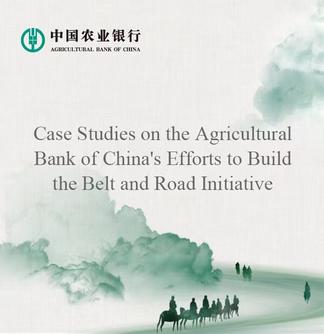HOHHOT, March 4 (Xinhua) -- Li Yihua and his wife Zhao Liwei have been engaged in the chili industry in Kailu County, north China's Inner Mongolia Autonomous Region, for nearly 20 years.
As an entrepreneur, Li mainly imports chili seeds from the Republic of Korea (ROK) and exports fresh chilies to the country. With the advent of the peak chili exports season, tonnes of chilies have been kept neatly piled up in their yard.
"Business is good. We export more than 4,000 tonnes of fresh chilies a year and earn more than 200 yuan (about 31 U.S. dollars) per tonne," said Zhao. "I can speak Korean fluently, which helps me a lot in dealing with clients," said Li, who is an ethnic Korean in China.
Kailu County has a history of growing chilies spanning more than 30 years. "The advantages of abundant sunlight and a significant temperature difference between day and night make the county highly suitable for chili cultivation," said Yu Xiaoxiang, a local agronomist.
Currently, Kailu has around 40,000 hectares of chili cultivation area, about one-third of the county's arable land. Each year, 30 of its major chili farming cooperatives export more than 15,000 tonnes of chilies to over 10 countries in Europe and Asia.
To better develop the chili industry, in 2013, Kailu spent 200 million yuan on the construction of the largest chili trading center in north China. A total of 21 cold storages were built across the county, capable of storing 100,000 tonnes of fresh chilies for off-season sales.
Meanwhile, to extend the industrial chain and make more money from the chilies, Kailu has set up 15 enterprises to process chilies into various products like chili sauce, chili powder, and ingredients used in lipsticks and medicines.
Annually, the 15 enterprises can process 140,000 tonnes of chilies, with sales volume exceeding 2 billion yuan.
High value-added products rely on good-quality chilies. In recent years, Kailu has been striving to strengthen technical training among chilies growers.
Besides door-to-door visits, agronomist Yu Xiaoxiang and his colleagues also record videos covering various topics like seedling raising methods, fertilization, and pest control, and post them on the short video sharing platforms.
"Such online training is more convenient as chili growers have easy access to the information," said Yu. "Over the years, the chili industry has greatly increased the income of the locals. The spicy chili has truly spiced up their lives." Enditem




 A single purchase
A single purchase









